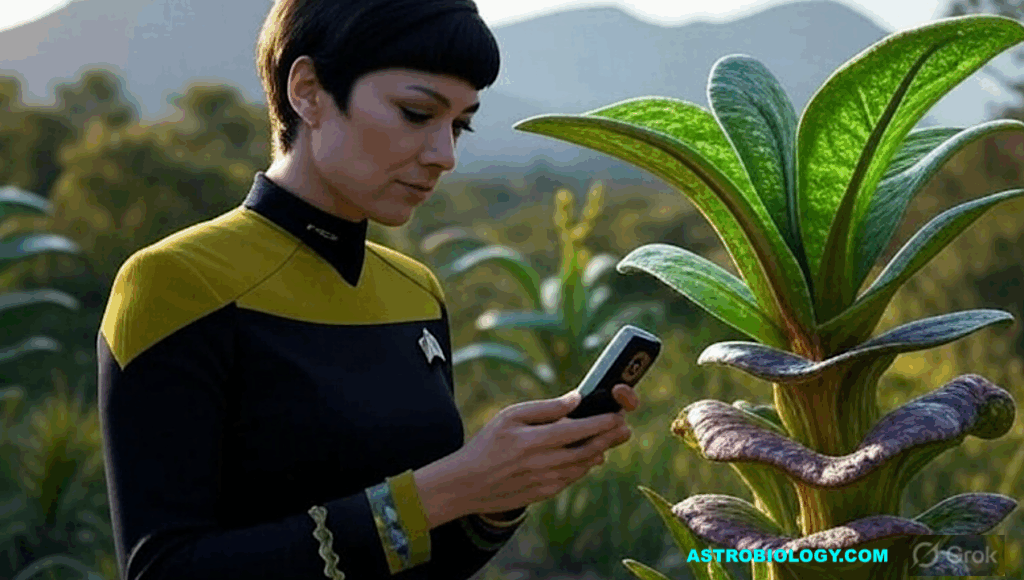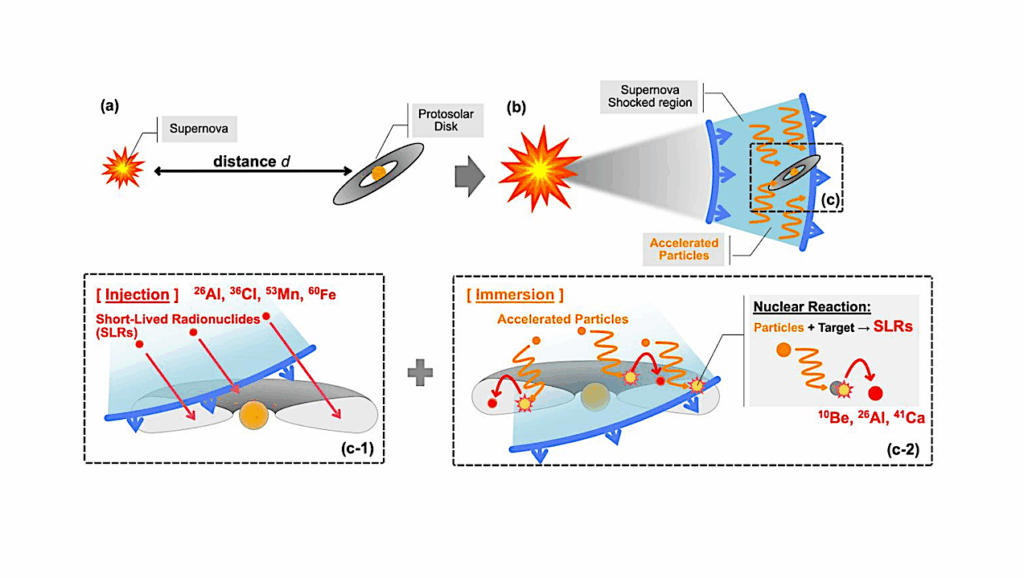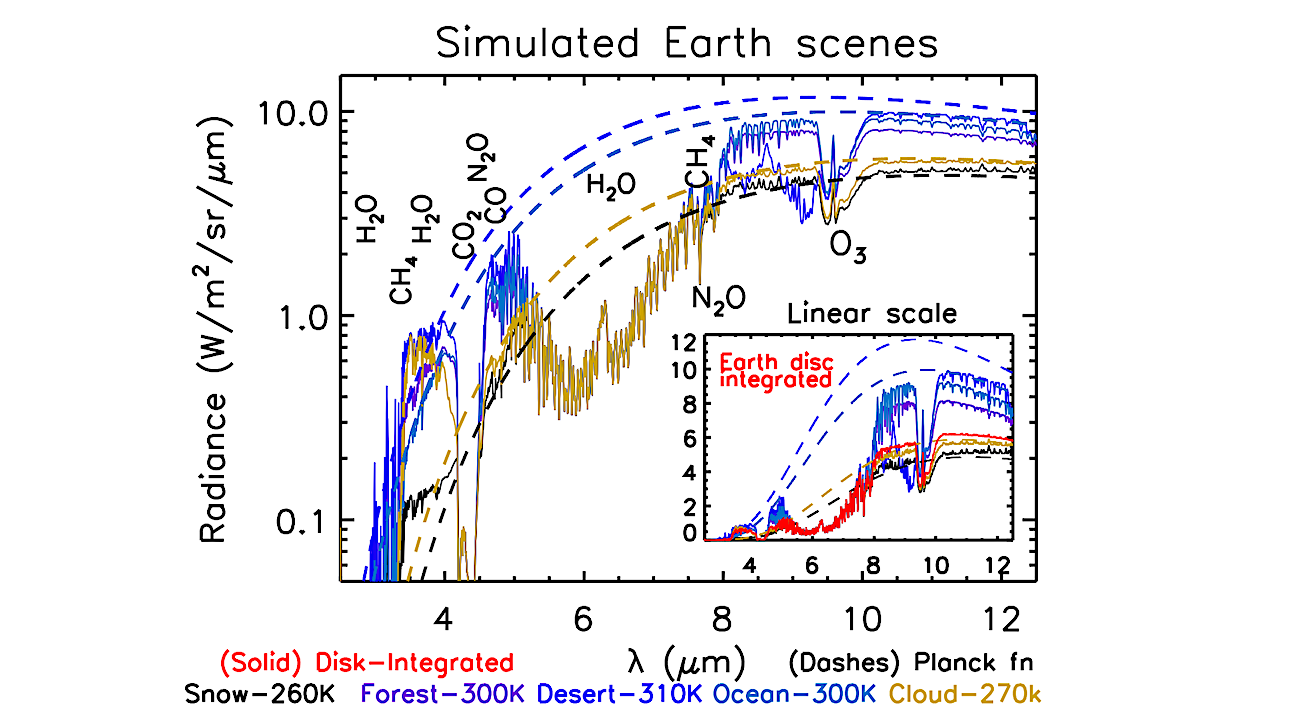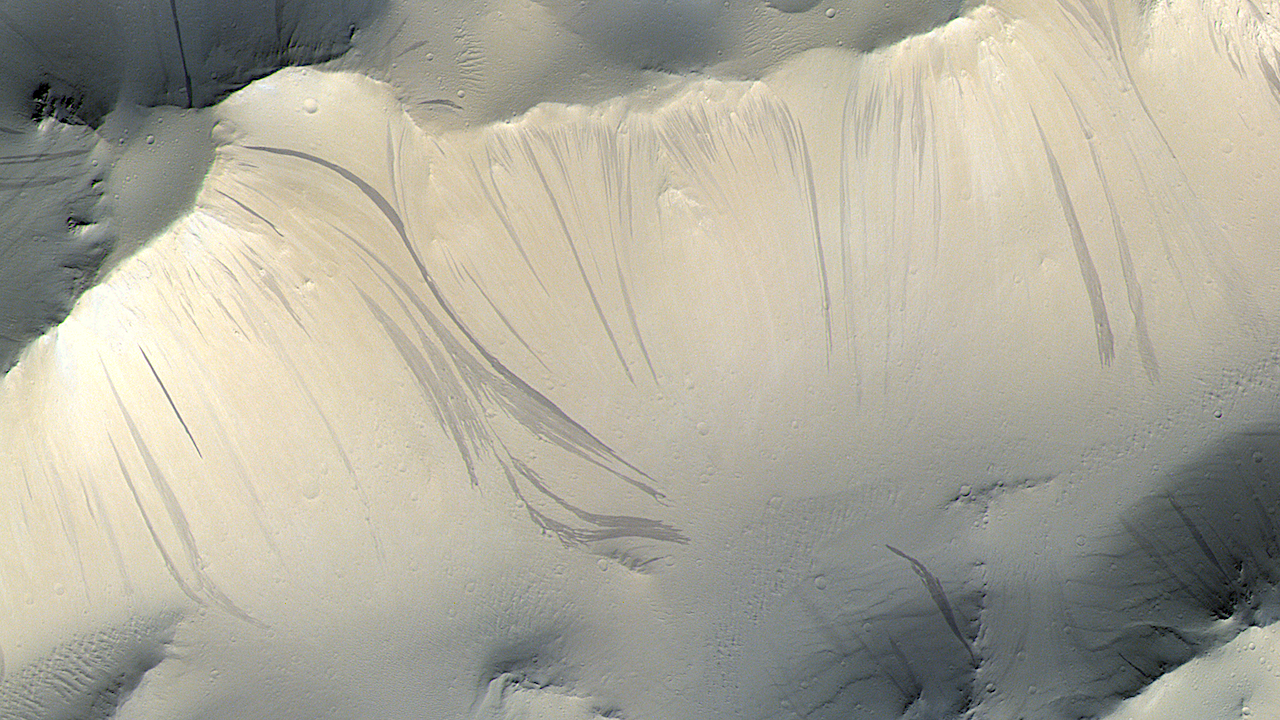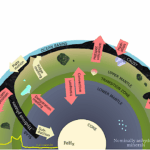Now Reading: Far-ultraviolet Flares and Variability of the Young M dwarf AU Mic: a Non-detection of Planet c in Transit at Lyman-alpha
-
01
Far-ultraviolet Flares and Variability of the Young M dwarf AU Mic: a Non-detection of Planet c in Transit at Lyman-alpha
Far-ultraviolet Flares and Variability of the Young M dwarf AU Mic: a Non-detection of Planet c in Transit at Lyman-alpha
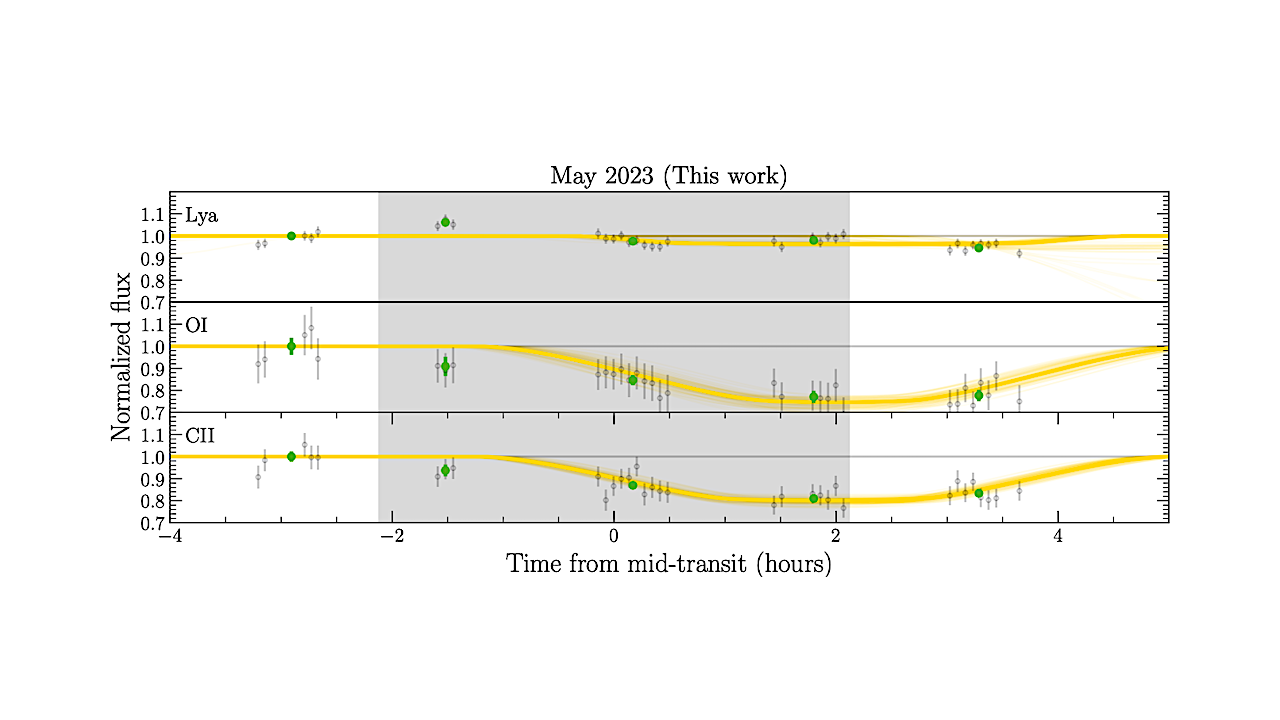

AU Mic Lyα, O I, and C II light curves observed by HST/STIS in May 2023 around the transit of AU Mic c. The gray region indicates the white-light transit duration of AU Mic c. Sample fits to the AU Mic c transit are shown in faded yellow with bright gold representing the best-fit light curves. — astro-ph.EP
Atmospheric escape’s potential to shape the exoplanet population motivates detailed observations of systems actively undergoing escape.
AU Mic is a young and active M dwarf hosting two close-in transiting sub- to Neptune-sized planets. Atmospheric escape was previously detected on the inner planet b, with radially-blown neutral hydrogen producing ~30% blue-shifted absorption in Lyman-alpha.
We obtained one HST/STIS transit of the outer planet c, to search for the planet’s escaping atmosphere in transmission at Lyman-alpha and compare with AU Mic b. We detected 6 short-duration flares in Si IV and C IV, of which only one corresponded to a Lyman-alpha flare.
We identified longer-duration stellar variability at the tens of percent level for lines less sensitive to stellar activity, including O I, C II and Lyman-alpha, which inhibits detection of an exosphere. We do not report absorption associated with an exosphere containing neutral hydrogen or any metals detectable in the far-ultraviolet, and discuss the implications of the non-detection.
This work highlights the importance of 1) careful consideration of stellar variability in atmospheric escape observations, and 2) the dual-influence of photoionization and stellar wind when interpreting and modeling atmospheric escape.
Keighley E. Rockcliffe, Elisabeth R. Newton, Allison Youngblood, Girish M. Duvvuri, Emily A. Gilbert, Peter Plavchan, Peter Gao, Hans-R. Müller, Adina D. Feinstein, Thomas Barclay, Eric D. Lopez
Comments: 22 pages, 12 figures, 5 tables
Subjects: Earth and Planetary Astrophysics (astro-ph.EP); Solar and Stellar Astrophysics (astro-ph.SR)
Cite as: arXiv:2505.17197 [astro-ph.EP] (or arXiv:2505.17197v1 [astro-ph.EP] for this version)
https://doi.org/10.48550/arXiv.2505.17197
Focus to learn more
Journal reference: AJ 169 321 (2025)
Related DOI:
https://doi.org/10.3847/1538-3881/adccc7
Focus to learn more
Submission history
From: Keighley Rockcliffe
[v1] Thu, 22 May 2025 18:05:44 UTC (4,896 KB)
https://arxiv.org/abs/2505.17197
Astrobiology
Stay Informed With the Latest & Most Important News
Previous Post
Next Post
-
 012024 in Review: Highlights from NASA in Silicon Valley
012024 in Review: Highlights from NASA in Silicon Valley -
 02Panasonic Leica Summilux DG 15mm f/1.7 ASPH review
02Panasonic Leica Summilux DG 15mm f/1.7 ASPH review -
 03From Polymerization-Enabled Folding and Assembly to Chemical Evolution: Key Processes for Emergence of Functional Polymers in the Origin of Life
03From Polymerization-Enabled Folding and Assembly to Chemical Evolution: Key Processes for Emergence of Functional Polymers in the Origin of Life -
 04How New NASA, India Earth Satellite NISAR Will See Earth
04How New NASA, India Earth Satellite NISAR Will See Earth -
 05And Thus Begins A New Year For Life On Earth
05And Thus Begins A New Year For Life On Earth -
 06Astronomy Activation Ambassadors: A New Era
06Astronomy Activation Ambassadors: A New Era -
07SpaceX launch surge helps set new global launch record in 2024













